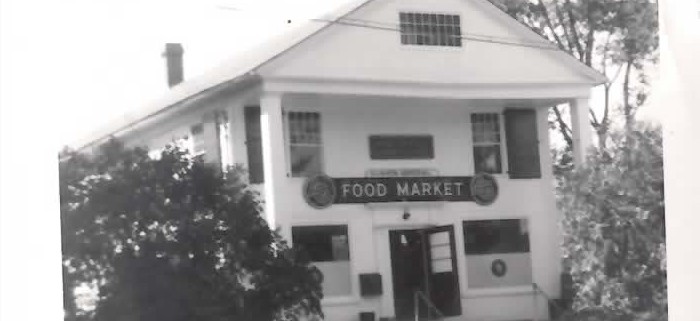When the first pictures from the James Webb Space Telescope were released by NASA last week, I, along with the rest of the world, was enraptured by the significance of what they captured: evidence of the incomprehensible size (space and time) of the universe our planet inhabits. And its beauty.
There have been several articles and op-eds about the science and implications of the images and the many millions of galaxies that we can now see: the span of time they represent (13 billion years) and the decades of scientific research and engineering that made it possible. A couple that have helped me understand the context and the questions that other people are asking are Jaime Green’s July 13 essay for Slate’s Future Tense “Surely There Must Be Someone Out There In All That Space, Right…?”, and Sharon Stirone’s July 12 op-ed in The New York Times “Gawking in Awe at the Universe, Together.”
Stirone gives the sense of scale: “if you could hold a grain of sand at arm’s length up to the sky, that speck is the size of the view. It is one minuscule sliver of our universe, filled with thousands of galaxies, each with billions or trillions of star systems and each of those with its own planets.”
Stirone also says that one of its missions is to look for evidence of life outside of our solar system. Jaime Green balks at this idea, suggesting that our wondering about the existence of alien life is simply a way to make a strange universe more familiar. She quotes the Anthropologist Lisa Messeri: “When we’re confronted with these awesome, hugely scaled images, we want to try to understand—we want to tame the awesomeness.”
Green asks us to do something else. “But sit with another possibility: What if we are alone? What if there’s no other life at all? What is the value and meaning of all these galaxies and almost uncountable stars, still, then?”
As the images were released, I posted them on Madeleine L’Engle’s social channels with quotes from some of her books. Madeleine loved the stars and the night sky and they figure in her fiction and non-fiction.

“I didn’t mean to tell you,” Mrs Whatsit faltered. “I didn’t mean ever to let you know. But, oh, my dears, I did so love being a star!” A Wrinkle in Time
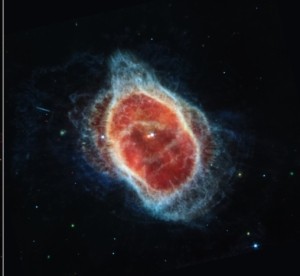
“I know those distant galaxies to which Meg Murry went with Charles Wallace and Calvin. [….] I also believe in the planet Uriel, with its beautiful flying creatures, and also in that other planet where are found the unicorn hatching-grounds.” Walking on Water
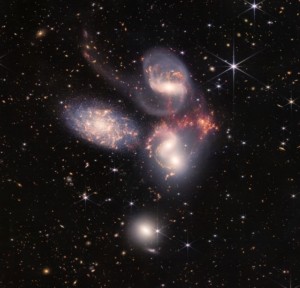
“They moved through the time-spinning reaches of a far galaxy, and he realized that the galaxy itself was part of a mighty orchestra, and each star and planet within the galaxy added its own instrument to the music of the spheres.” A Swiftly Tilting Planet

One of Aunt Beast’s tentacled arms went around Meg’s waist again. “They are very young. And on their earth, as they call it, they never communicate with other planets. They revolve about all alone in space.” “Oh,” the thin beast said. “Aren’t they lonely?” A Wrinkle in Time
Madeleine’s first memory was of the night sky, and that memory and the feeling of belonging to something beautiful and vast and mysterious was something she never let go of, and when it began to fade, the night sky brought her back to it. The night sky awakened her curiosity and creativity.
For Madeleine, the stars and imagining other worlds was both a metaphor and a heuristic device. She says, “to think about worlds in other galaxies, other modes of being, is a theological enterprise.” Messeri and Green’s conversation about alien life and why it’s a reflexive question comes to mind, and is a blog post for another time. It’s not the answers, it’s the questions.
“The discoveries made since the heart of the atom was opened have changed our view of the universe and of Creation… The universe is far greater and grander and less predictable than anyone realized, and one reaction to this is to turn our back on the glory and settle for a small, tribal god who forbids questions of any kind. Another reaction is to feel so small and valueless in comparison to the enormity of the universe that it becomes impossible to believe in a God who can be bothered with us tine, finite creatures… Or we can simply rejoice in a God who is beyond our comprehension but who comprehends us and cares about us.” The Rock That is Higher: Story as Truth
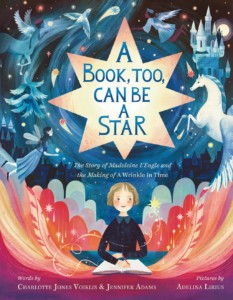 In October, FSG is publishing a new picture book biography of Madeleine, A Book, Too, Can Be a Star, written by me and Jennifer Adams, with illustrations by Adeline Lirius. It begins with Madeleine’s first memory, what she called her “first moment of glory” and tracks her connection to the stars and what they meant and did for her. The title comes from her Newbery Award acceptance speech “The Expanding Universe.” Referencing Fred Hoyle’s theory that matter is continuously created, and borrowing from Bertha Mahoney Miller’s description of a bookstore’s stock in trade, she ends her speech with “A book, too, can be a star, “explosive material, capable of stirring up fresh life endlessly,” a living fire to lighten the darkness, leading out into the expanding universe.
In October, FSG is publishing a new picture book biography of Madeleine, A Book, Too, Can Be a Star, written by me and Jennifer Adams, with illustrations by Adeline Lirius. It begins with Madeleine’s first memory, what she called her “first moment of glory” and tracks her connection to the stars and what they meant and did for her. The title comes from her Newbery Award acceptance speech “The Expanding Universe.” Referencing Fred Hoyle’s theory that matter is continuously created, and borrowing from Bertha Mahoney Miller’s description of a bookstore’s stock in trade, she ends her speech with “A book, too, can be a star, “explosive material, capable of stirring up fresh life endlessly,” a living fire to lighten the darkness, leading out into the expanding universe.
What the images from the JWST confirm is that the universe is vast and old and that our tiny planet and human lives are small. That does not make them insignificant. Madeleine explored and used this information in different ways. She experienced the knowledge of the expanding universe as an opportunity for a sense of proportion:
“If I’m confused, or upset, or angry, if I can go out and look at the stars I’ll almost always get back a sense of proportion. It’s not that they make me feel insignificant; it’s the very opposite; they make me feel that everything matters, be it ever so small, and that there’s meaning to life even when it seems most meaningless.” A Ring of Endless Light
She also was struck by the idea that size doesn’t matter.
“Time isn’t any more important than size. All that is required of you is to be in the Now, in this moment which has been given us.” A Wind in the Door
Small or large, young or old, what matters is that we are here and that our task is to love each other. Madeleine knew that the universe was immense and beautiful and that each and every one one of us belongs to it. I struggle to know this, and the recent images from the JWST help.
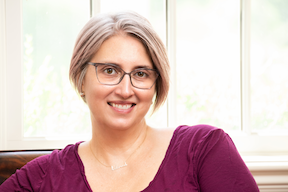 Charlotte Jones Voiklis is Madeleine L’Engle’s granddaughter and executor of her estate. She is the co-author with Jennifer Adams of A Book, Too, Can Be a Star (October 2022), a picture book biography illustrated by Adelina Lirius; and, with her sister, Léna Roy, of Becoming Madeleine (2018), a biography for middle grade readers. Charlotte has also written and spoken of her grandmother’s work to a variety of audiences. With a PhD in Comparative Literature, Charlotte’s work experience includes teaching and grant making. She is a volunteer mediator.
Charlotte Jones Voiklis is Madeleine L’Engle’s granddaughter and executor of her estate. She is the co-author with Jennifer Adams of A Book, Too, Can Be a Star (October 2022), a picture book biography illustrated by Adelina Lirius; and, with her sister, Léna Roy, of Becoming Madeleine (2018), a biography for middle grade readers. Charlotte has also written and spoken of her grandmother’s work to a variety of audiences. With a PhD in Comparative Literature, Charlotte’s work experience includes teaching and grant making. She is a volunteer mediator.


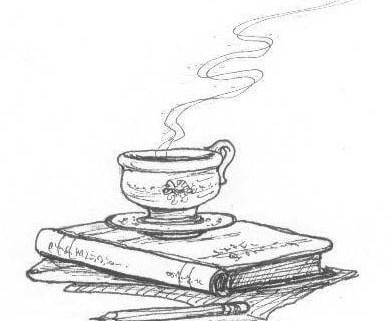
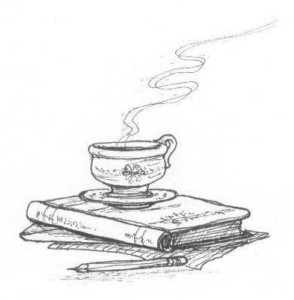
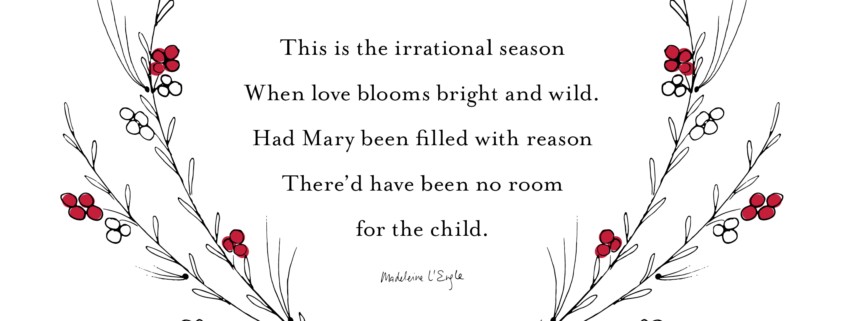
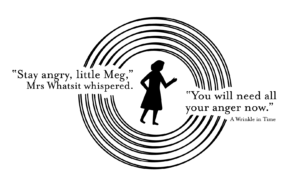
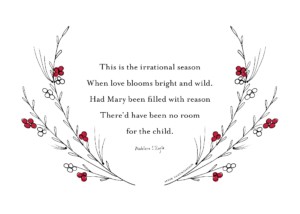
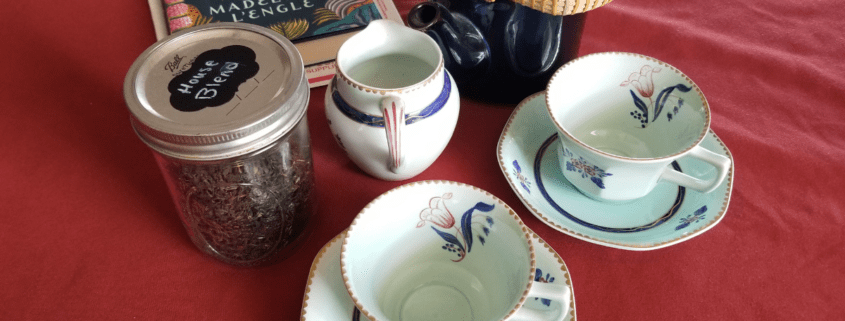
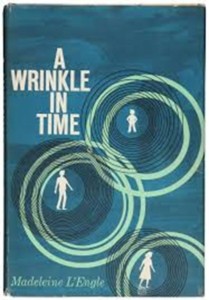 Farrar, Straus and Giroux children’s book press, Ariel, took a chance. Sixty years later, there have been 16 million copies in 40 languages. It has been made a movie twice and a graphic novel. In May 2022, I am to enjoy it as a theatrical production by the Goshen Players in the Old Town Hall. But we were not to know any of this.
Farrar, Straus and Giroux children’s book press, Ariel, took a chance. Sixty years later, there have been 16 million copies in 40 languages. It has been made a movie twice and a graphic novel. In May 2022, I am to enjoy it as a theatrical production by the Goshen Players in the Old Town Hall. But we were not to know any of this.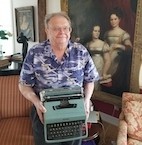 Tom Allison is a retired Congregational Minister living in Albany NY. Rehabbing a house once owned by a Hudson River Steamboat Captain inspired his looking into that history culminating in Hudson River Steamboat Catastrophes Contests and Collisions (History Press 2013) available Barnes and Noble and Amazon. Since 5th grade he has enjoyed offering to the public illustrated history lectures. Among the 40 plus have been American Cookbooks, plumbing,, transatlantic steamboat travel in the golden age, Litchfield Connecticut: America’s most historic mile and A neighbor remembers Madeleine L’Engle, (for the 100th anniversary of her birth) to name a few. He is pictured here at Crosswicks, with the typewriter Madeleine gave him on the occasion of his high school graduation.
Tom Allison is a retired Congregational Minister living in Albany NY. Rehabbing a house once owned by a Hudson River Steamboat Captain inspired his looking into that history culminating in Hudson River Steamboat Catastrophes Contests and Collisions (History Press 2013) available Barnes and Noble and Amazon. Since 5th grade he has enjoyed offering to the public illustrated history lectures. Among the 40 plus have been American Cookbooks, plumbing,, transatlantic steamboat travel in the golden age, Litchfield Connecticut: America’s most historic mile and A neighbor remembers Madeleine L’Engle, (for the 100th anniversary of her birth) to name a few. He is pictured here at Crosswicks, with the typewriter Madeleine gave him on the occasion of his high school graduation.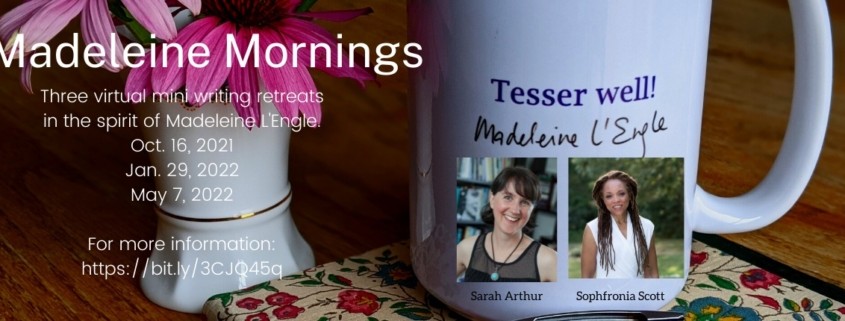
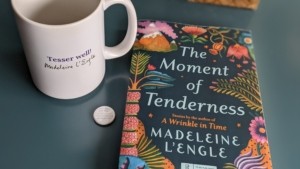
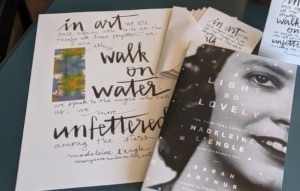
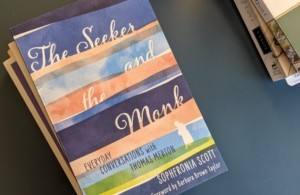
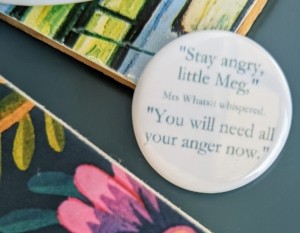
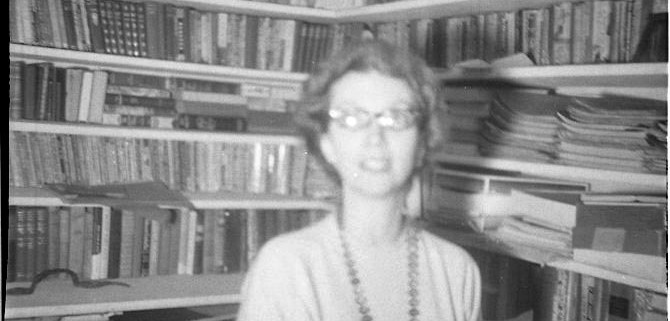
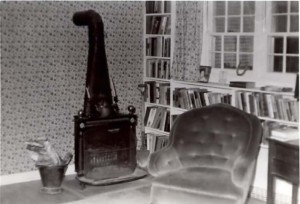
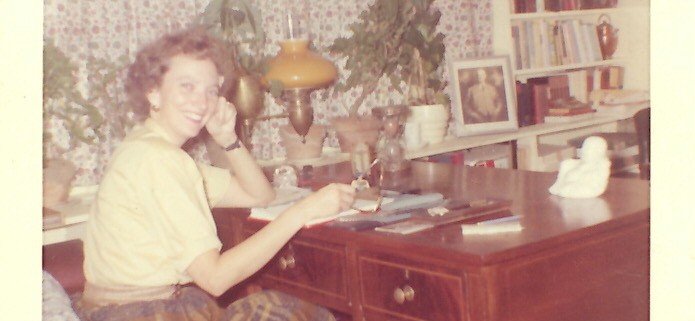
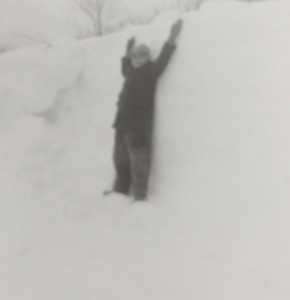
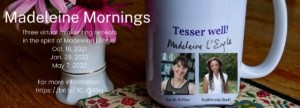
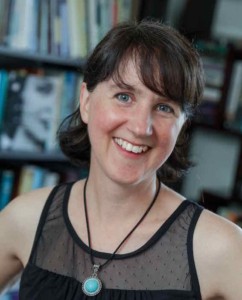
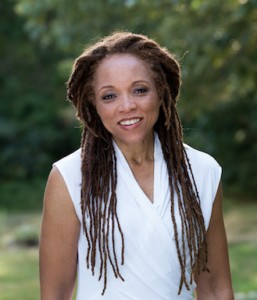
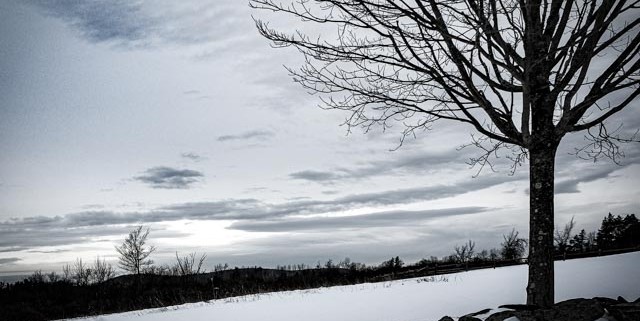
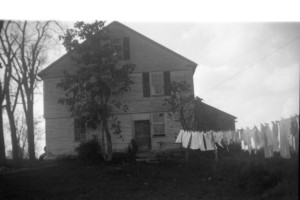 Between our double windows on the south wall of the living room and the two storey back wall of their house was an expanse of two large hay fields. At night with our lights off, we could see their dining room windows and the upstairs bathroom’s ablaze. At 2 in the morning when my mom got up for her “walk about,” she always included a detour through our front room to see if there were any deer or wild turkeys on the lawns.
Between our double windows on the south wall of the living room and the two storey back wall of their house was an expanse of two large hay fields. At night with our lights off, we could see their dining room windows and the upstairs bathroom’s ablaze. At 2 in the morning when my mom got up for her “walk about,” she always included a detour through our front room to see if there were any deer or wild turkeys on the lawns.